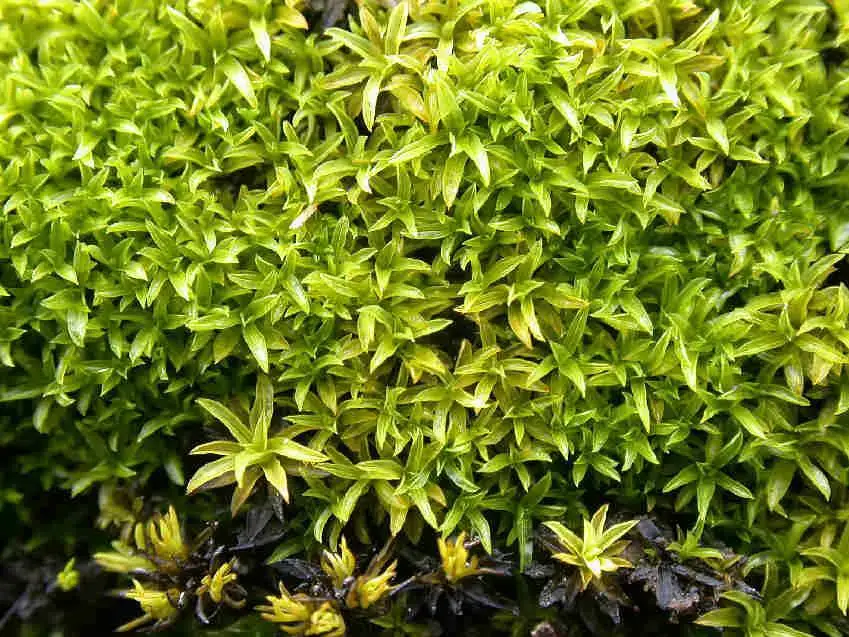
Trichostomum_brachydontium_002.JPG from: https://cisfbr.org.uk/Bryo/Cornish_Bryophytes_Trichostomum_brachydontium.html
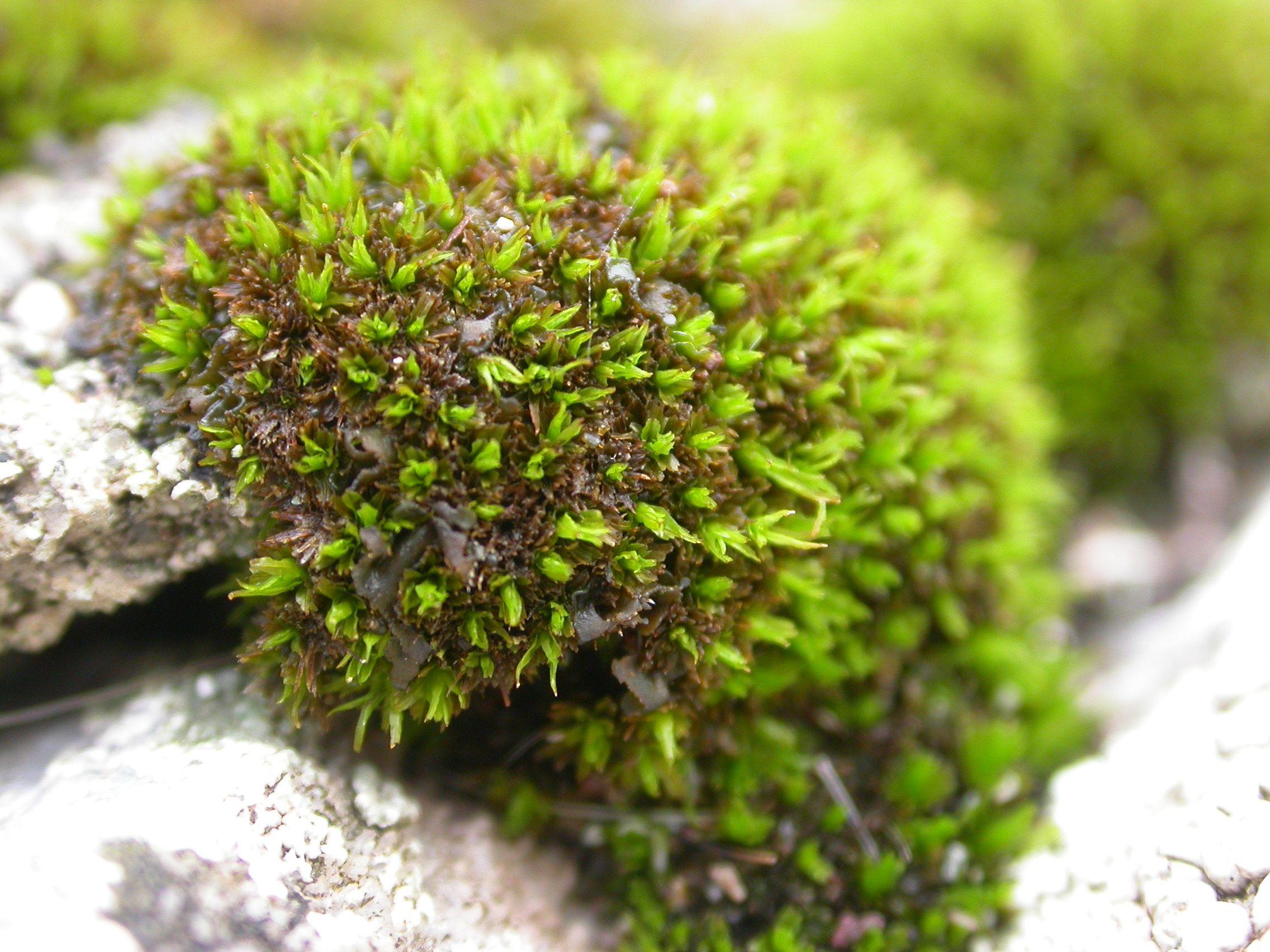
d36ce4ae460d121a18b6b04331eefb57.jpg from: https://www.pinterest.com/pin/777152479423470222/
Exploring the Fascinating World of Trichostomum brachydontium var. esquirolii Moss
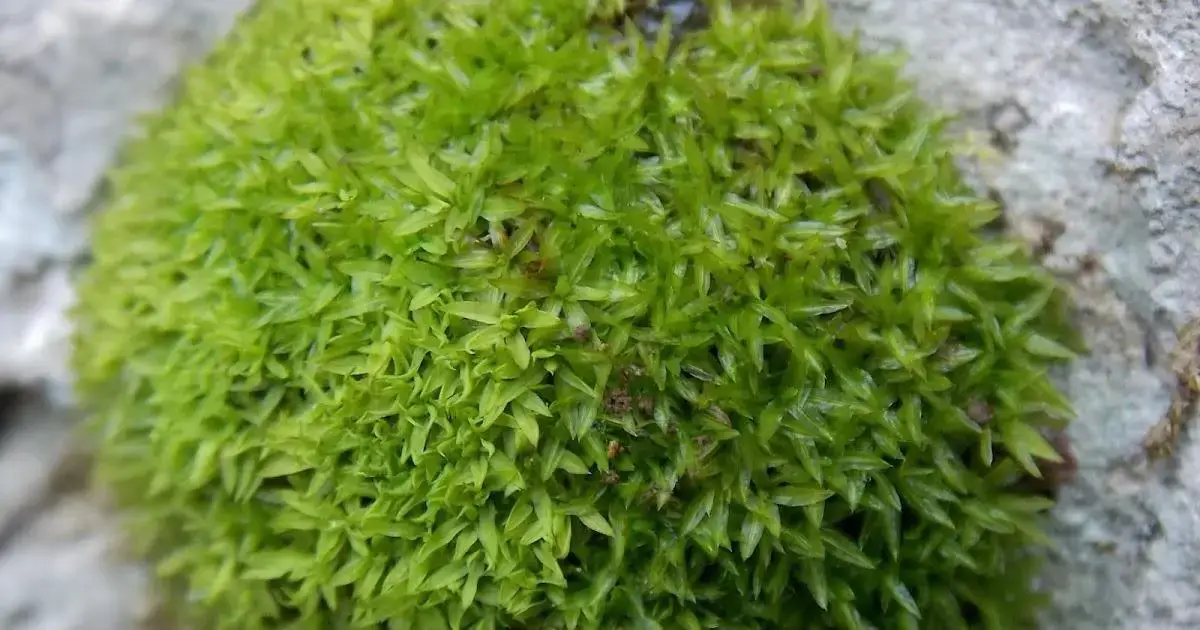
DSCN9208.JPG from: https://briofitedelmatese.blogspot.com/2018/03/trichostomum-brachydontium-bruch.html
Introduction
Mosses are small but mighty plants that play important roles in ecosystems around the world. One particularly interesting species is Trichostomum brachydontium var. esquirolii, a type of moss in the Pottiaceae family. In this blog post, we’ll take a closer look at this fascinating plant, from its unique morphology to its global distribution and ecological significance.
Background on Mosses
Before diving into the specifics of T. brachydontium var. esquirolii, let’s review some background on mosses in general. Mosses are non-vascular plants in the division Bryophyta. They lack true roots, stems, and leaves, instead having simple structures that serve similar functions. Mosses reproduce via spores rather than seeds and require moisture for sexual reproduction.
There are over
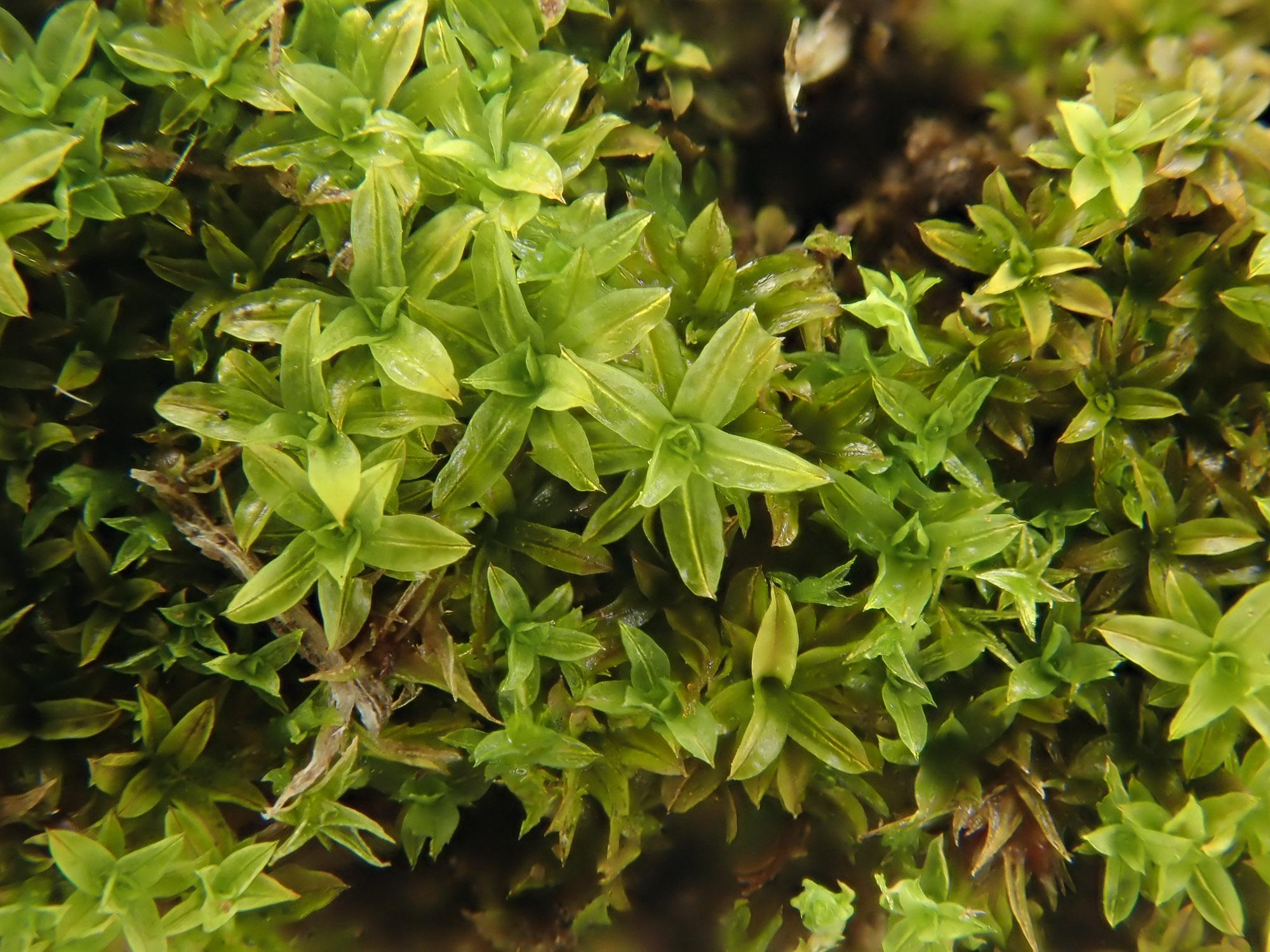
2020-10-10-12-58-33.jpg from: https://www.britishbryologicalsociety.org.uk/learning/species-finder/trichostomum-brachydontium/
12,000 species of moss found on every continent, from the Arctic to the tropics. They grow on a variety of substrates including soil, rock, trees, and even human-made structures. Mosses play important ecological roles as pioneer species, water and nutrient cyclers, erosion controllers, and habitats for micro and macro organisms.
Morphology and Identification
Now let’s focus on Trichostomum brachydontium var. esquirolii. This moss is classified in the order Bryopsida
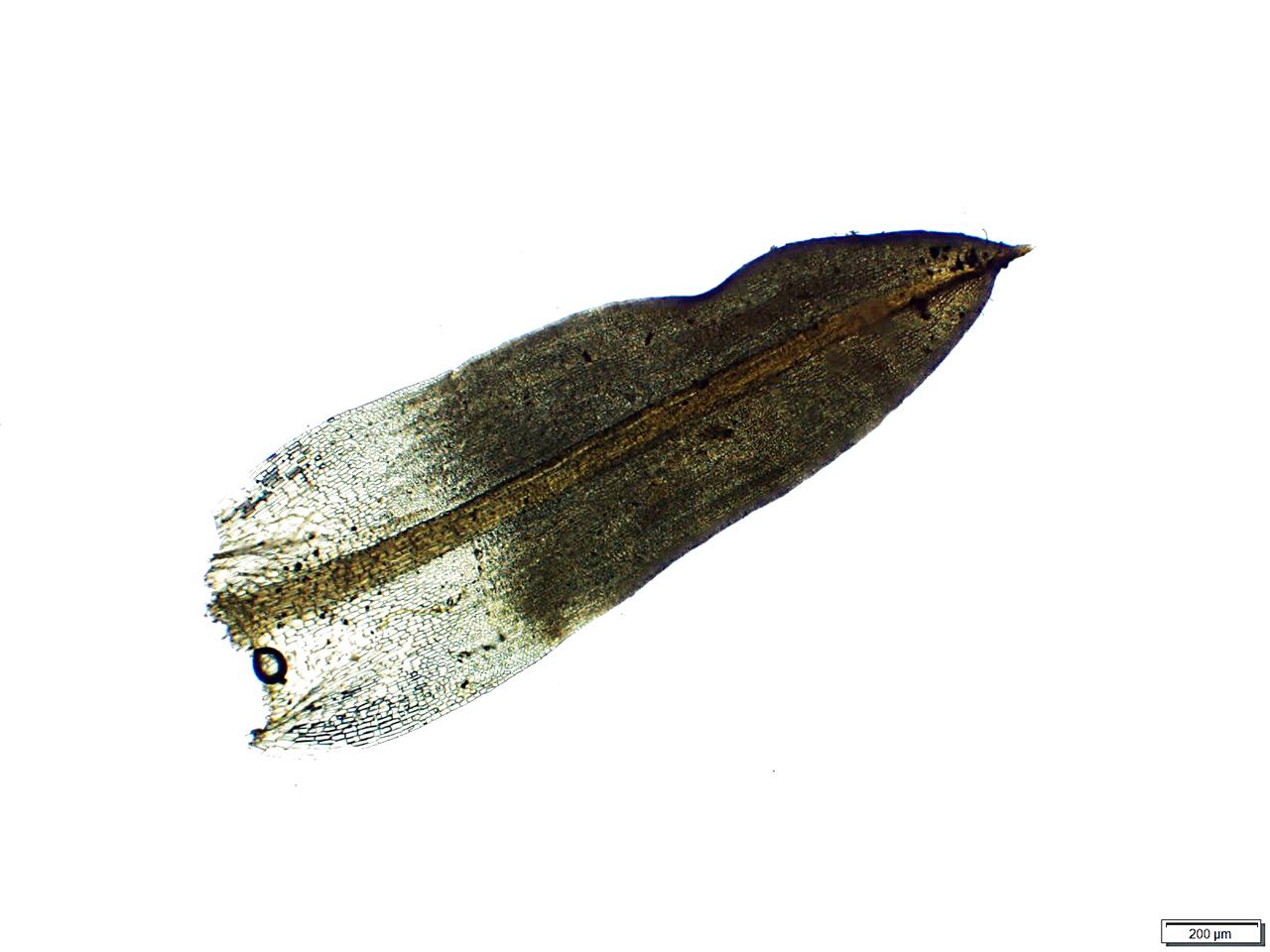
tr_brachydontium1.jpg from: https://wnmu.edu/academic/nspages/gilaflora/trichostomum_brachydontium.html
and family Pottiaceae. It forms short turfs or cushions, typically growing 0.5-2 cm tall. The leaves are lanceolate in shape, 1-2 mm long, and have a short apiculus (abrupt point) at the tip. When dry, the leaves become contorted and incurved.
One of the key identification features of T. brachydontium var. esquirolii is the
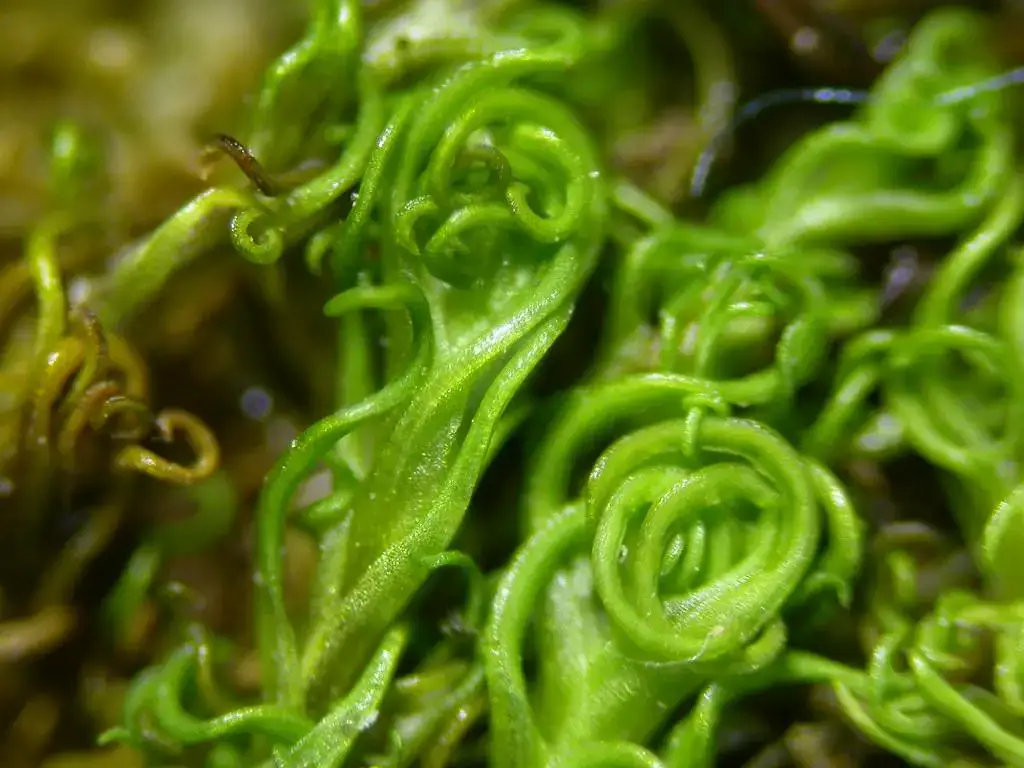
33441721704_c964aa4846_b.jpg from: https://www.flickr.com/photos/23980231@N07/33441721704/
peristome, the fringe of tooth-like structures surrounding the capsule mouth. In this species, the peristome teeth are short, pale, and often fragmented or rudimentary
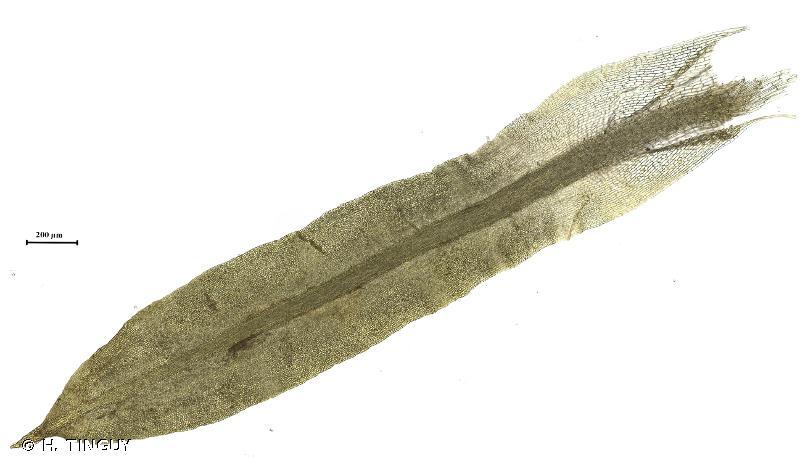
230056.jpg from: https://inpn.mnhn.fr/espece/cd_nom/5353
. The spores are small, 8-12 μm in diameter.
Global Distribution and Habitat
Trichostomum brachydontium var. esquirolii has a scattered global distribution, being found in parts of Asia, Africa, Europe, and the Americas. In Asia, it has been recorded in China, Japan, Korea, and the Russian Far East. Its African distribution includes Algeria and Tanzania. In Europe, it occurs in France, Greece, Italy, Portugal, and Spain. In the Americas, it is known from Mexico and Peru.
This moss inhabits a variety of calcareous substrates, including soil, rock, and disturbed habitats like roadsides and walls. It typically grows at low to moderate elevations, from near sea level up to about 2,000 meters. In many parts of its range, T. brachydontium var. esquirolii is considered rare or uncommon.
Ecological Roles and Adaptations
Like other mosses, Trichostomum brachydontium var. esquirolii plays important roles in its ecosystems. As a pioneer species, it helps colonize bare substrates and pave the way for succession by other plants. Its cushion growth form helps trap moisture, stabilize soil, and provide shelter for invertebrates.
To survive in the often dry and calcium-rich habitats it prefers, T. brachydontium var. esquirolii has several adaptations:
- Contorted leaves that reduce surface area and moisture loss when dry
- Rhizoids that anchor it to the substrate and absorb water and nutrients
- Rudimentary peristome that allows for gradual spore dispersal
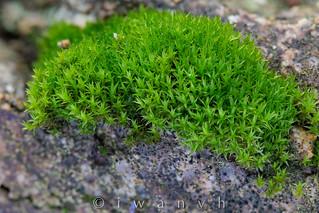
23900599626_666337e6fe_n.jpg from: https://www.flickr.com/photos/iwanvh/23900599626
- Calcium tolerance that allows it to grow on limestone and other calcareous substrates
Conclusion
Trichostomum brachydontium var. esquirolii may be small, but it is a remarkable moss with a unique morphology, wide-ranging distribution, and important ecological roles. Its ability to thrive in calcareous habitats and colonize disturbed substrates makes it a valuable pioneer species.
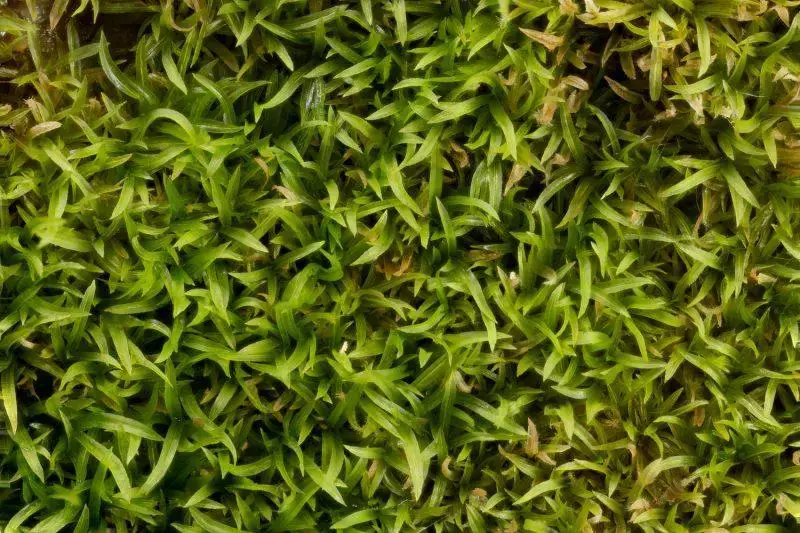
Oxystegus-tenuirostris-2-800×533.jpg from: https://ohiomosslichen.org/moss-trichostomum-tenuirostre/
The next time you see a cushion of moss growing on a rock or wall, take a closer look – it just might be Trichostomum brachydontium var. esquirolii! These tiny plants have much to teach us about resilience, adaptation, and the interconnectedness of life on Earth.
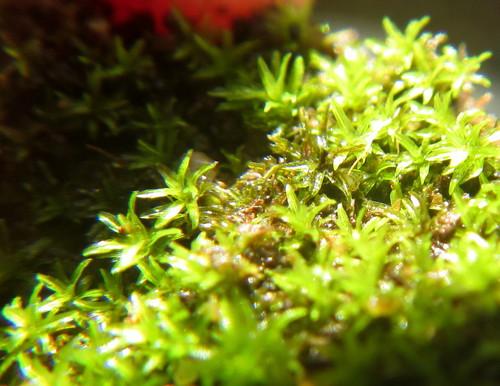
medium.jpg from: https://www.inaturalist.org/taxa/169941-Trichostomum-brachydontium